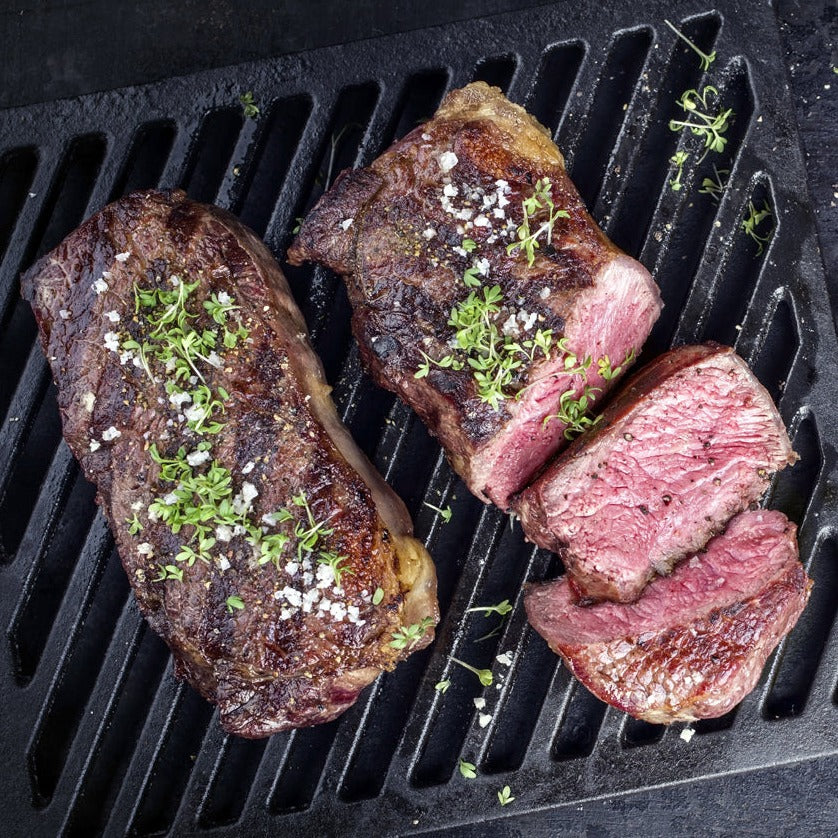What is the difference between wild and farmed fish?
Fish is a nutritious and healthy food that has been a staple in the human diet for thousands of years. With the increasing demand for fish and seafood, both wild and farmed fish have become more common in the market. However, there are distinct differences between wild and farmed fish that are important to consider when making a purchase.
Wild fish are caught in their natural habitat, such as oceans, rivers, and lakes, while farmed fish are raised in man-made environments like fish farms or aquaculture facilities. The differences between wild and farmed fish are vast and can impact not only the quality of the fish but also the environment and ecosystem as a whole.
One of the most significant differences between wild and farmed fish is their diet. Wild fish consume a varied diet, consisting of other fish, plankton, and other marine organisms, which gives them a distinct flavor and nutritional profile. Farmed fish, on the other hand, are often fed a diet consisting of processed pellets made from corn, soy, and other grains. This diet can impact the nutritional quality of the fish, as it may lack the beneficial omega-3 fatty acids found in wild fish.
Another significant difference between wild and farmed fish is the environment in which they are raised. Wild fish live in their natural habitat, which means they are exposed to natural elements such as currents, temperature changes, and predators. This environment can affect the growth rate, taste, and texture of the fish. Farmed fish, however, are raised in a controlled environment, which can be manipulated to optimize growth and production. This can result in a consistent and predictable product, but it may lack the unique taste and texture that wild fish have.
The impact of wild and farmed fish on the environment is also a critical consideration. Wild fish populations have been declining in recent years due to overfishing, pollution, and habitat destruction. However, the farming of fish can also have a negative impact on the environment. Fish farms can produce large amounts of waste, which can pollute the surrounding waters and negatively impact other marine life. Additionally, farmed fish may escape from their enclosures and compete with wild fish for food and habitat.
There are also economic considerations when comparing wild and farmed fish. Wild fish tend to be more expensive due to their limited availability and the cost of catching them. Farmed fish, on the other hand, can be produced in large quantities and at a lower cost, making them more affordable and accessible to consumers.
When it comes to deciding between wild and farmed fish, it ultimately comes down to personal preferences and priorities. Some people prefer the unique taste and nutritional profile of wild fish, while others may prefer the consistency and affordability of farmed fish. It's important to consider factors such as taste, nutrition, environmental impact, and cost when making a decision.
In conclusion, there are significant differences between wild and farmed fish that impact their taste, nutritional quality, environmental impact, and cost. While both types of fish have their advantages and disadvantages, the choice ultimately comes down to personal preference and priorities. Whether you choose wild or farmed fish, it's important to make informed decisions that prioritize sustainability and the health of our oceans and marine life.









